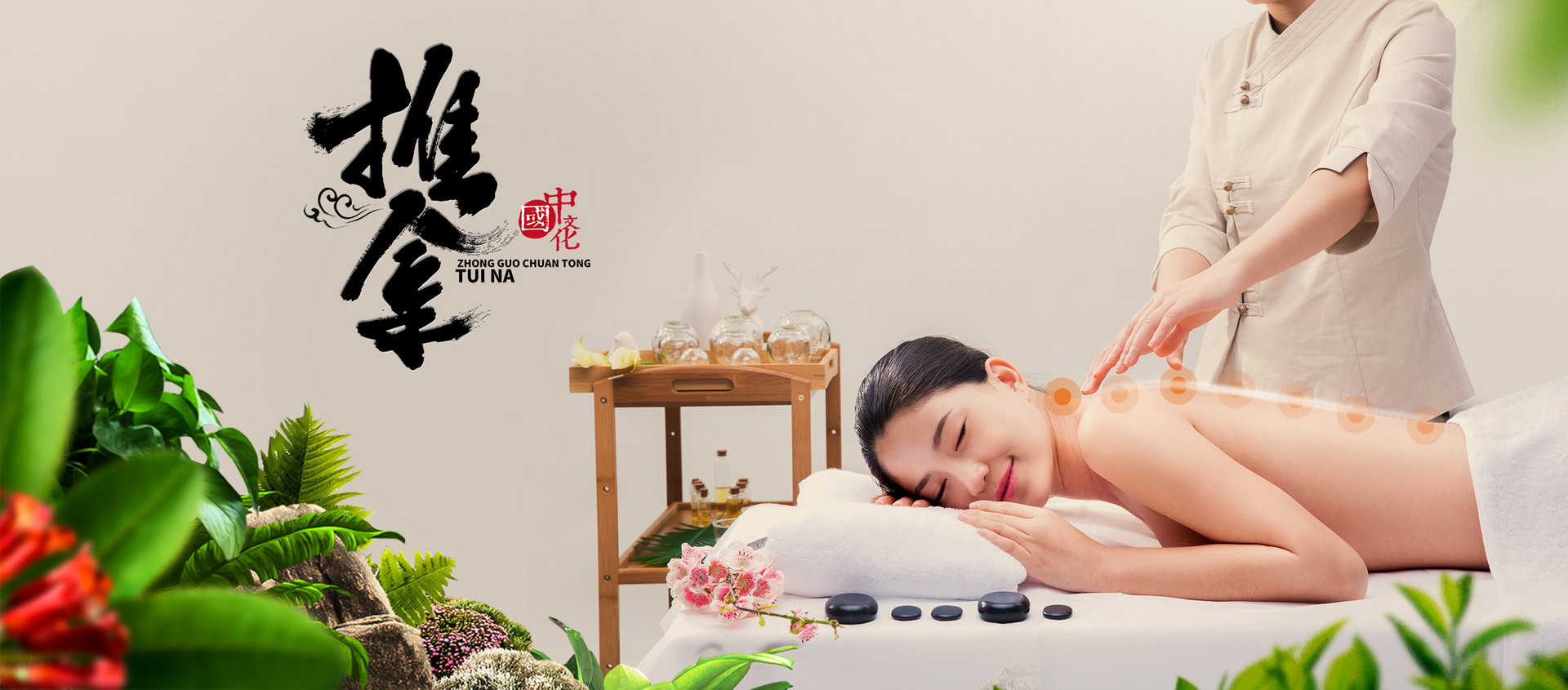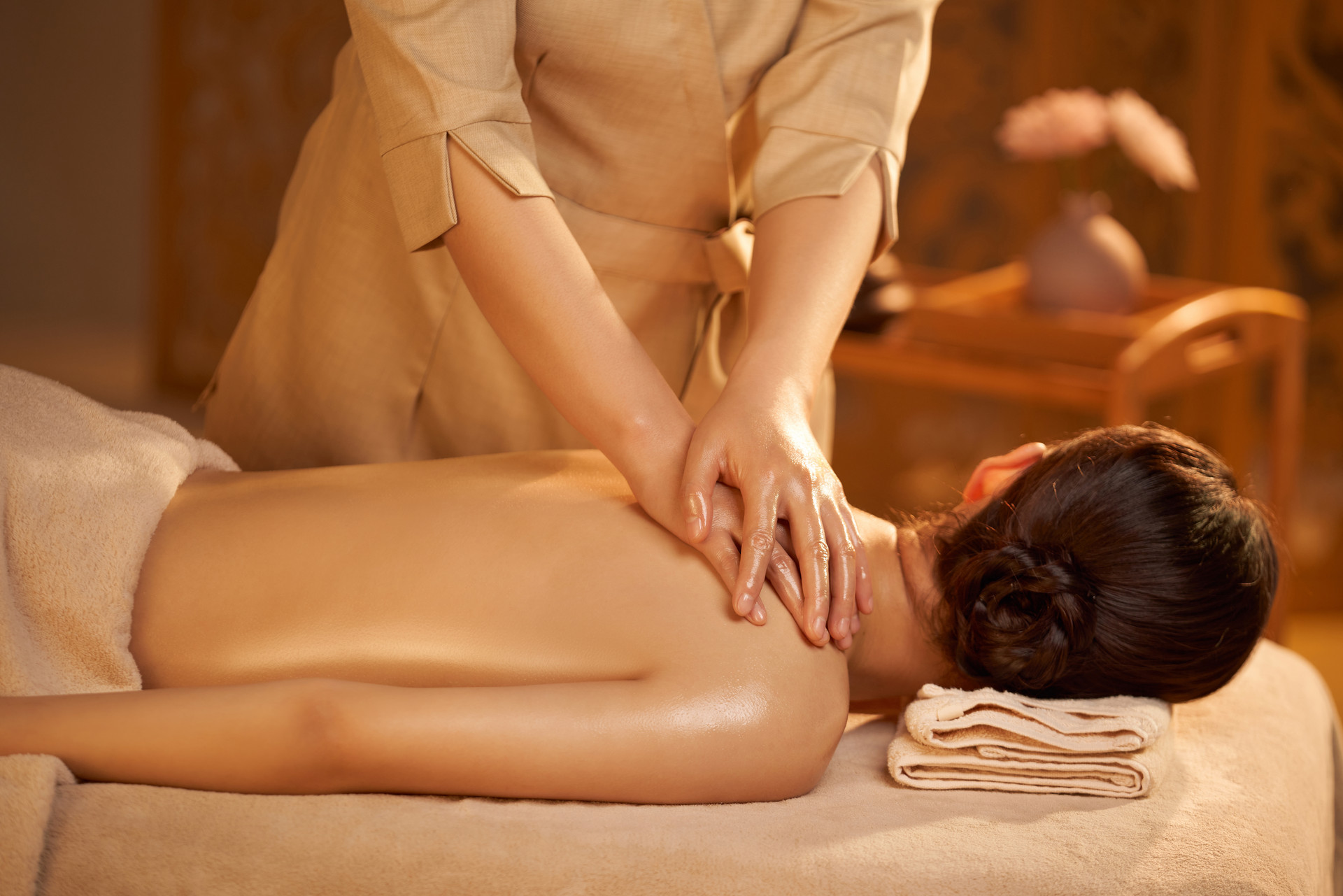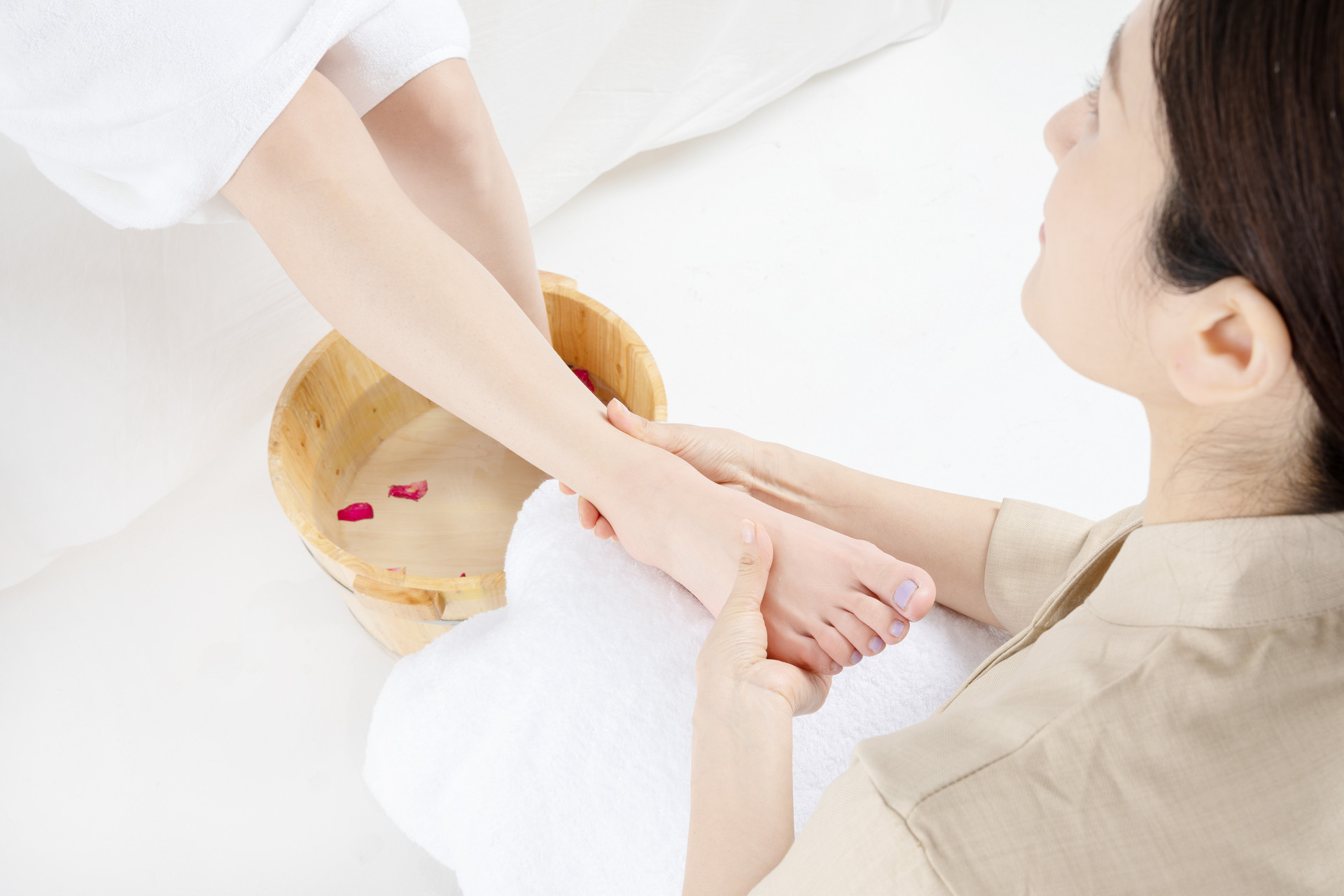Tui Na massage is a form of traditional Chinese medicine that is often used to help people relieve fatigue and as a recreational activity. However, Tui Na massage can also be used for medical treatment. Massage can promote smoother blood circulation, and when blood flows more quickly, the body's illnesses naturally improve. Today, I will teach you the Tui Na techniques for common childhood illnesses.
The acupoints for pediatric Tui Na include point-shaped acupoints, line-shaped acupoints, and surface acupoints. In terms of technique, it emphasizes being light, quick, gentle, smooth, and firm. It focuses on tonifying and reducing techniques and operating procedures, and has good therapeutic effects on common and frequently occurring diseases, particularly digestive tract diseases.
Because children's skin is delicate and their spirits are timid, special attention should be paid to hand techniques during Tui Na treatment for illnesses. It emphasizes being gentle, soft, and penetrating, and requires light, quick, gentle, and steady movements.
There are many basic techniques in Tui Na, and each technique requires long-term practice to master. In addition to mastering these massage techniques, it is also necessary to know the standardized massage process and be able to identify the acupoints on the body. Understanding the functions of each acupoint is also important. Therefore, it is best to choose a reputable hospital or massage venue when selecting a massage.
Tui Na Techniques for Common Childhood Illnesses
Common symptoms of childhood illnesses include diarrhea, vomiting, loss of appetite, fever, cough, etc. These can be diagnosed through the four diagnostic methods of traditional Chinese medicine pediatrics. For example, let's discuss the selection of acupoints for Tui Na treatment of childhood diarrhea. The preliminary judgment of the syndrome can be made based on the medical history and characteristics of the stool.
The basic Tui Na prescription for diarrhea includes stimulating the spleen meridian, stimulating the large intestine, kneading the navel, and massaging the abdomen to harmonize the spleen and stomach, aid in the transformation and transportation of dampness; stimulating the internal Eight Trigrams to regulate the middle and promote qi, and strengthening other techniques; stimulating the upper seven vertebral segments and massaging the turtle tail to regulate the middle and stop diarrhea.
1. Food Stagnation Diarrhea
This syndrome is characterized by a history of food stagnation before diarrhea. The stool is large in volume, has a sour and foul smell, often contains undigested food residue, and is accompanied by bad breath and abdominal distension. This is mostly food stagnation diarrhea. The treatment principle is to invigorate the spleen, promote digestion, and regulate the fu organs to stop diarrhea.
Tui Na techniques include tonifying the spleen meridian and clearing the large intestine. Additionally, knead the door of the plate, knead the middle epigastrium, and knead the heavenly pivot.
2. Cold Dampness Diarrhea
This syndrome is characterized by thin and watery stool, similar to water in appearance, pale color, weak smell, thin and white or white and greasy tongue coating, accompanied by chills, fever, stuffy nose, runny nose, and other symptoms. This is mostly cold dampness diarrhea. The treatment principle is to invigorate the spleen, transform dampness, warm the middle, and stop diarrhea.
Tui Na techniques include tonifying the spleen meridian and clearing the large intestine. Additionally, stimulate the three gates and knead the outer labor palace.
3. Damp Heat Diarrhea
This syndrome is characterized by watery or egg-drop-like stool, urgent bowel movements, foul-smelling stool, frequent episodes, or mucus in the stool, accompanied by fever, irritability, and thirst. This is mostly damp heat diarrhea. The treatment principle is to clear heat, transform dampness, regulate the fu organs, and stop diarrhea.
Tui Na techniques include clearing the spleen meridian and clearing the large intestine. Additionally, stimulate the small intestine, stimulate the six fu organs, and knead the heavenly pivot.
4. Spleen Deficiency Diarrhea
This syndrome is characterized by prolonged and unhealed diarrhea, loose and watery stool, pale color, no foul smell, with undigested food residue, mostly occurring after eating, accompanied by emaciation, and weakness. This is mostly spleen deficiency diarrhea. The treatment principle is to invigorate the spleen, supplement qi, consolidate the intestines, and stop diarrhea.











